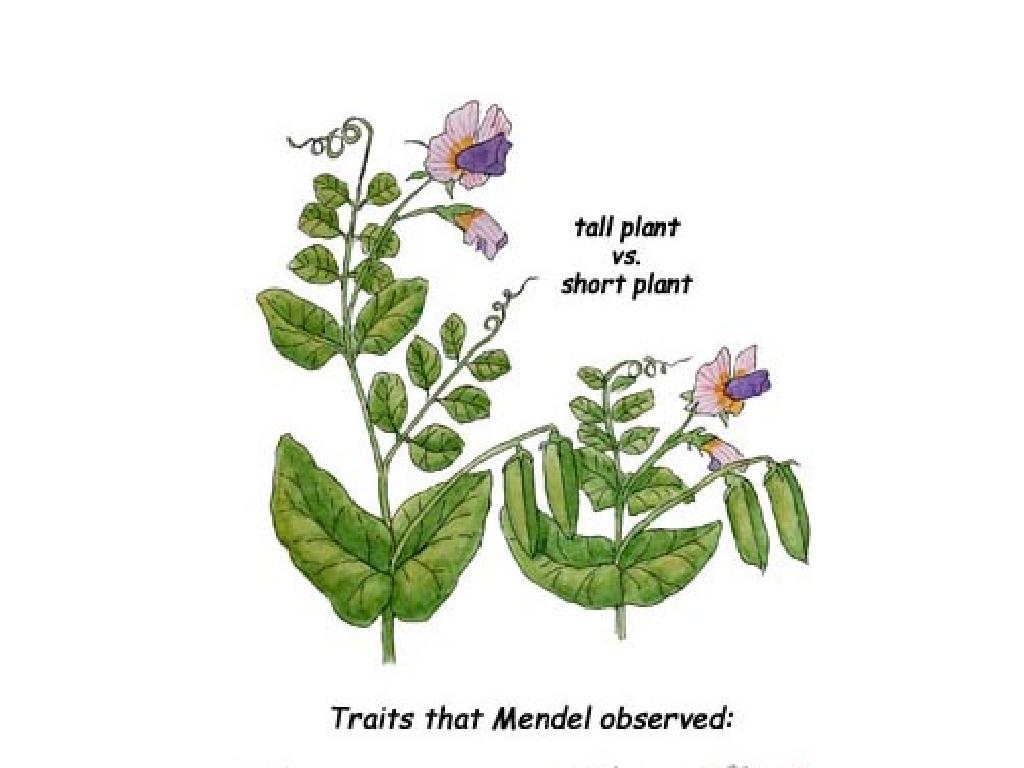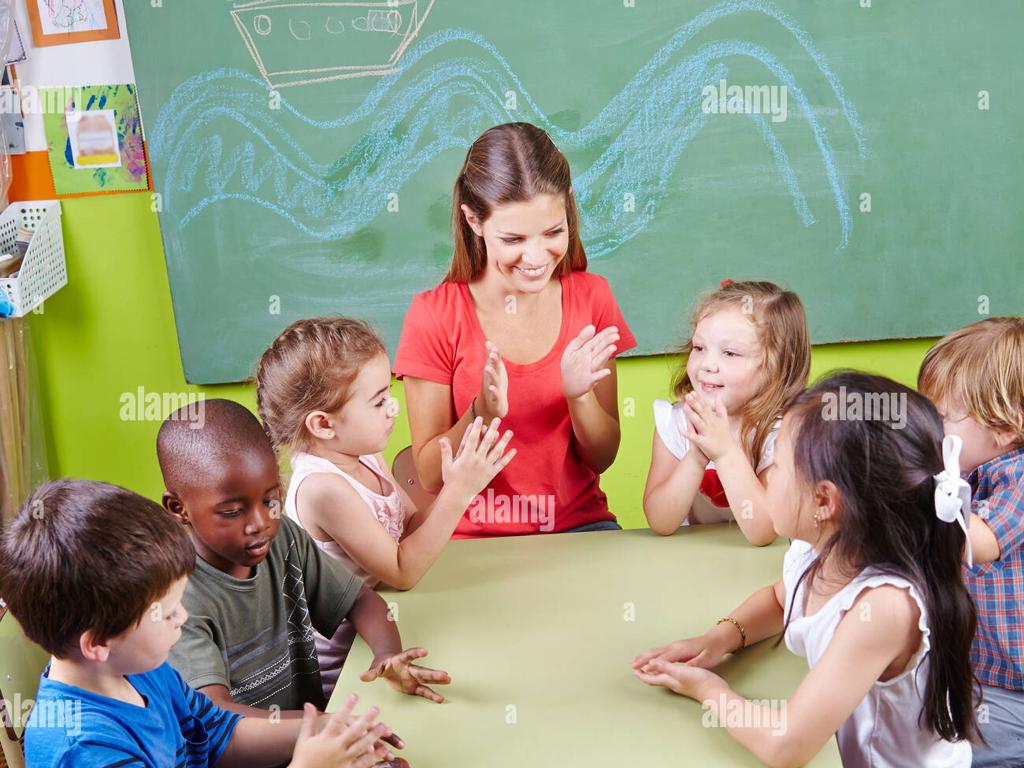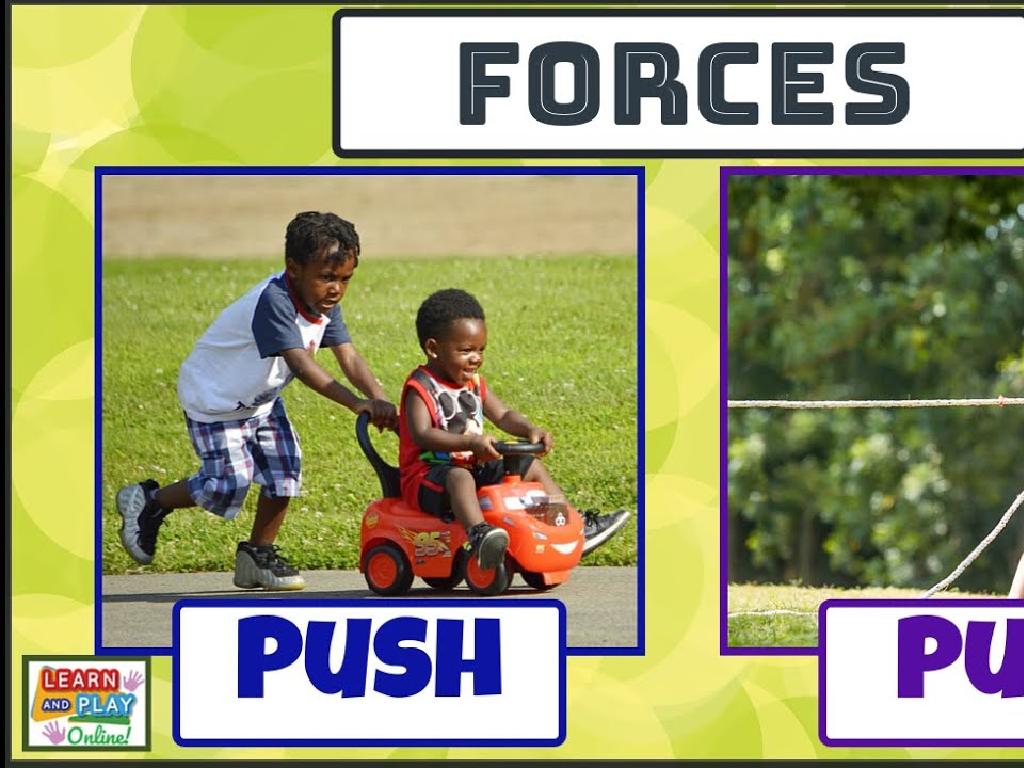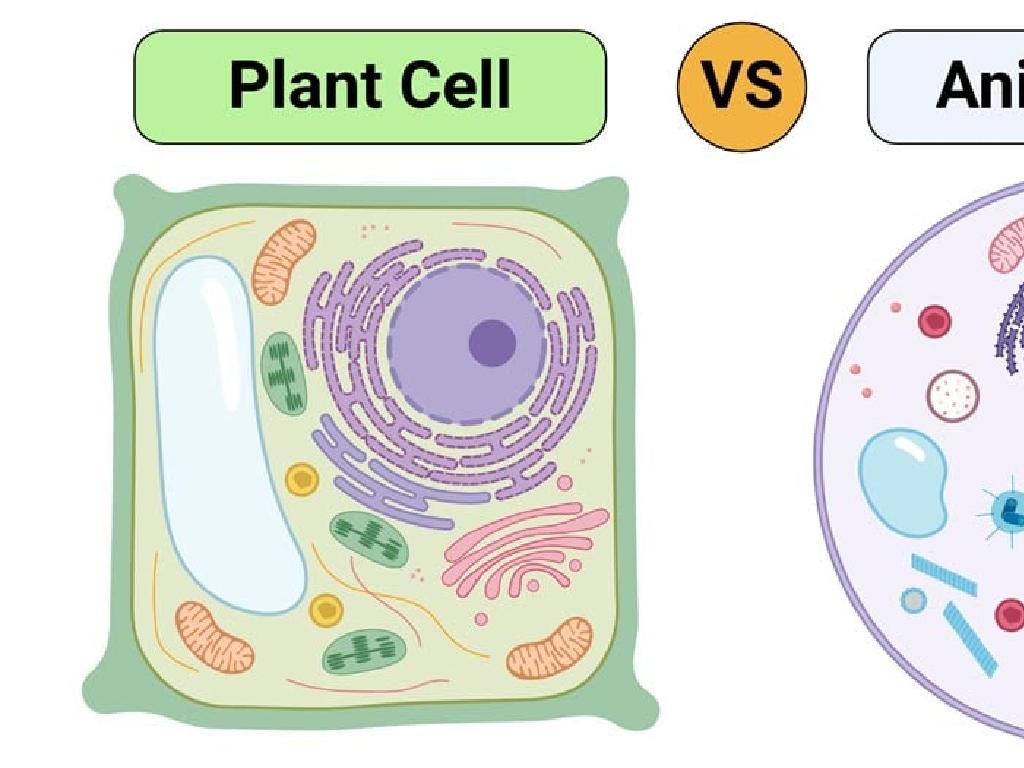Match Chemical Formulas To Ball-And-Stick Models
Subject: Science
Grade: Sixth grade
Topic: Atoms And Molecules
Please LOG IN to download the presentation. Access is available to registered users only.
View More Content
Atoms & Molecules: Building Blocks of Matter
– Atoms: Matter’s basic units
– Atoms are tiny particles that make up every object.
– Molecules: Atoms bonded together
– Molecules are groups of atoms bonded together.
– Interactions form various substances
– Atoms interact & bond to form different materials.
– Atoms & molecules shape our world
|
This slide introduces the fundamental concepts of atoms and molecules to help students understand how these tiny particles serve as the building blocks of everything in the physical world. Atoms are the smallest units of matter, with distinct properties. Molecules are formed when two or more atoms bond together. The way atoms and molecules combine and interact with each other determines the composition and properties of substances around us. Encourage students to think about how the variety of materials they interact with daily, like water, air, and plastic, are all made up of different combinations of atoms and molecules.
Understanding Chemical Formulas
– What is a chemical formula?
– It’s a way to represent chemicals using symbols and numbers.
– Reading formulas: Elements & ratios
– H2O means 2 hydrogen atoms for every oxygen atom.
– Examples of simple formulas
– Water (H2O), Carbon Dioxide (CO2), Salt (NaCl).
– Matching formulas to models
– Visualize H2O with 2 hydrogen balls and 1 oxygen stick.
|
This slide introduces students to the concept of chemical formulas, which are shorthand representations of molecules that indicate the types and numbers of atoms involved. Start by explaining that each element has a unique symbol and that chemical formulas show the ratio of these elements in a compound. Provide simple examples like water (H2O), carbon dioxide (CO2), and table salt (NaCl) to illustrate this concept. Then, demonstrate how these formulas correspond to ball-and-stick models, which help visualize the molecule’s structure. Encourage students to draw their own ball-and-stick models based on chemical formulas to reinforce their understanding.
Understanding Ball-and-Stick Models
– What are ball-and-stick models?
Visual tools to show atoms (balls) and bonds (sticks) in molecules.
– Representation of molecules
Atoms are represented by balls, color-coded for different elements; sticks show bonds.
– Interpreting the models
Look at the arrangement and connection of balls and sticks to understand the molecule’s shape.
– Matching formulas to models
Use the model to identify the chemical formula of the molecule.
|
This slide introduces ball-and-stick models as a way to visualize molecular structures. Each ball represents an atom, and the sticks between them represent the bonds. Colors often differentiate between elements. Teach students how to interpret the spatial arrangement of the balls and sticks to understand the molecule’s shape and composition. Emphasize the importance of recognizing patterns in these models to match them with the correct chemical formulas. Provide examples of simple molecules and their corresponding ball-and-stick models to practice.
Matching Chemical Formulas with Models
– Elements in ball-and-stick models
– Balls represent atoms; sticks represent bonds
– Count atoms and relate to formulas
– Each ball counts as one atom. Match count to the formula
– Practice with simple model matching
– Use models to find corresponding chemical formulas
– Understanding molecular structure
|
This slide introduces students to the concept of visualizing chemical structures through ball-and-stick models. Students should learn to identify different elements represented by colored balls and understand that sticks represent the bonds between atoms. Emphasize the importance of counting the number of balls (atoms) to determine the molecular formula. Provide several simple ball-and-stick models for students to practice matching with the correct chemical formulas. This activity will help them grasp the basics of molecular structure and the visual representation of compounds. Encourage students to ask questions if they’re unsure about how to match a model to its formula.
Complex Molecules: Geometry & Formulas
– Explore complex molecules
– Molecules like H2O, CO2, and C6H12O6
– Grasp molecular geometry
– Shapes like linear, bent, tetrahedral
– Match models to formulas
– Use ball-and-stick models to visualize
– Practice with examples
– Try matching glucose (C6H12O6) to its model
|
This slide aims to deepen students’ understanding of molecular structures by exploring more complex molecules beyond simple diatomic examples. Emphasize the importance of molecular geometry, which determines the shape and function of molecules. Provide students with ball-and-stick models and their corresponding chemical formulas, guiding them to match each model with its formula. Use common molecules such as water (H2O), carbon dioxide (CO2), and glucose (C6H12O6) as examples. Encourage students to recognize patterns in molecular geometry and to practice with various examples to solidify their understanding. This activity will help them visualize the three-dimensional nature of molecules and the significance of chemical formulas in representing molecular composition.
Class Activity: Build and Match Molecular Models
– Construct ball-and-stick models
– Match models to chemical formulas
– Present models to the class
– Explain your formula matching
|
This activity is designed to help students visualize the structure of molecules and understand how chemical formulas correspond to these structures. Provide each student or group with a kit containing different colored balls representing various atoms and sticks for bonds. Students will use these to build models of molecules. Once constructed, they should match their models to the provided list of chemical formulas. After matching, students will share their models with the class and explain the reasoning behind their matches. For example, a water molecule (H2O) would have two hydrogen atoms and one oxygen atom connected by sticks representing the bonds. Possible variations of the activity could include constructing models of simple organic molecules, comparing isomers, or even creating unknown models for peers to identify based on a list of potential formulas.
Review and Q&A: Chemical Formulas and Models
– Recap today’s lesson on formulas
– Open floor for student questions
– Address student doubts
– Provide extra examples
– e.g., H2O model and its ball-and-stick representation
|
This slide is aimed at reinforcing the concepts taught in today’s lesson about matching chemical formulas to their corresponding ball-and-stick models. Begin with a brief recap of the key points covered in the lesson. Then, invite students to ask any questions they have, ensuring they feel comfortable and engaged. Be prepared to clarify any doubts, possibly with additional examples. For instance, if a student is unclear about the water molecule, show how the H2O formula corresponds to the ball-and-stick model with two hydrogen atoms and one oxygen atom. This interactive session will help solidify their understanding and address any lingering confusion.
Homework: Chemical Formulas & Models
– Draw models for chemical formulas
– Write formulas for models
– Explain your work in class
– Share how you matched formulas to models
– Practice makes perfect!
– The more you practice, the better you’ll understand the concepts
|
This homework assignment is designed to reinforce the lesson on matching chemical formulas to their corresponding ball-and-stick models. Students are expected to visually represent chemical formulas by drawing the ball-and-stick models, which helps in understanding molecular structure. Conversely, they should also practice writing chemical formulas for given models, enhancing their ability to interpret molecular models. Encourage students to be thorough in their drawings and precise in their formulas. In the next class, students will discuss their answers, providing an opportunity for peer learning and for the teacher to address any misconceptions. Provide examples of simple molecules like H2O, CO2, and O2 to guide them in their homework.






